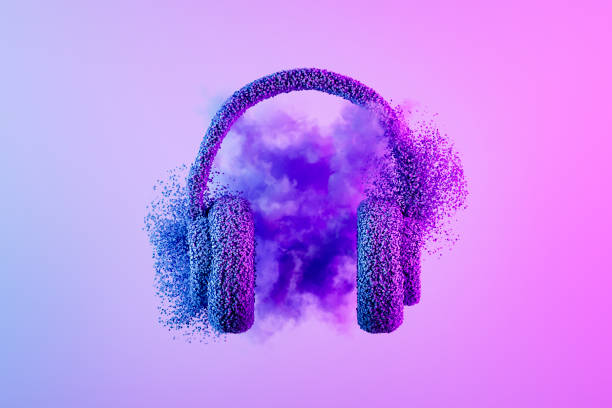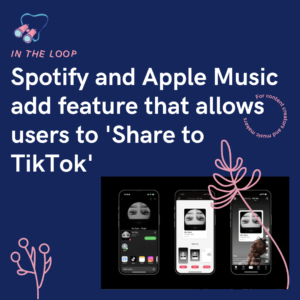The music industry is quite a complex one because one song could earn one amount, and another earns differently. There are many reasons why this could be; amount of streaming stores the songs are located on, regions, fanbase and more!
How does streaming work?
When someone listens to your song on a streaming platform like Spotify, Apple Music, or YouTube, the platform earns money. This comes from ads (if the user isn’t paying for a subscription) or from the subscription fees paid by premium users. The platform then pays a portion of that money to artists, but it’s not as straightforward as it sounds.
How much do streaming services pay?
Each platform pays artists a little differently. Here’s a rough idea of how much you can earn per stream:
- Spotify: Around $0.003 to $0.005 per stream.
- Apple Music: Around $0.01 per stream.
- YouTube: Around $0.00069 per view (because it depends on ad revenue).
As you can see, the amount you get for a single stream is small—less than a penny in most cases.
How is the money divided?
Streaming services don’t pay you directly. Here’s how the money is typically split:
- The platform takes a cut: Spotify, Apple Music, and other platforms keep around 30% of the total revenue they earn from ads and subscriptions.
- The music distributor takes their share: This can vary between distributors, so check when signing up. However, this cut is for ensuring your music makes it to stores.
- The rest goes to rights holders: The remaining money is divided among the people who own the rights to the song. This usually includes:
- The record label (if you’re signed to one).
- The songwriter(s) (that could be you or others who wrote the song).
- The publisher (the company or person who manages the song’s rights).
- The artist (if you’re not signed to a label, this could be you).
Why is my share so small?
The money you earn per stream is small because it’s divided up between many parties. Here’s an example:
Let’s say your song gets streamed 1,000 times on Spotify. If Spotify pays $0.003 per stream, that’s $3 total. But you don’t get to keep all $3. Here’s what could happen:
- Spotify keeps 30%, which is $0.90.
- The distributor takes their cut, often this is around 10%.
- The remaining money is split between you, the songwriter, the producer, and maybe your label or publisher. If you’re the only one involved, you might get the full amount. If others are involved, your share could be much smaller.
Why do different platforms pay differently?
Each streaming platform has its own way of calculating how much they pay artists. It depends on a few things:
- How much money the platform makes: Platforms like Apple Music, which have fewer free users, tend to pay more because they rely more on subscriptions than ads.
- The platform’s business model: YouTube pays less because it’s mostly ad-supported, and ad rates can vary.
- Where the stream comes from: Different countries may have different payout rates, depending on local advertising rates and subscription costs.
Do independent artists get paid differently?
If you’re an independent artist (not signed to a label), you can keep a bigger share of your streaming revenue. Platforms like RouteNote help independent artists distribute their music to streaming services. These companies take a small fee or percentage, but you’ll still earn more compared to artists signed to major labels who have to share their earnings.
How do you get paid?
To get paid, you need to sign up with a music distributor like RouteNote. These companies will upload your music to streaming platforms and collect your royalties for you. They’ll then send your earnings to you through direct deposit, PayPal, or another method.
You also need to register your music with a Performing Rights Organisation (PRO) like ASCAP, BMI, or SESAC to collect royalties when your songs are played on the radio, in restaurants, or on TV. This is a great way of earning more money.
How can you make more money from streaming?
Since streaming payouts are small, artists need lots of streams to make a significant income. Here are some tips to boost your streams:
- Promote your music on social media: Share your new releases with your followers on platforms like Instagram, TikTok, and Twitter.
- Get on playlists: Try to get your songs added to popular playlists on Spotify or Apple Music. Playlists can help your music reach new listeners.
- Engage with fans: The more you connect with your fans, the more likely they are to stream your music regularly.
- Release music regularly: The more music you release, the more chances people have to stream your songs.
Streaming can be a good way for artists to reach a global audience, but the payouts are small. To make significant money, you’ll need a large number of streams. By promoting your music, engaging with fans, and using platforms like Spotify and Apple Music effectively, you can maximise your streaming income over time.
Remember, streaming is just one part of your overall income as an artist. Don’t forget about other revenue streams like selling merch, performing live, and licensing your music for TV. Allowing your music to branch out into new avenues is a great way of earning extra income. After all, we’ve all found new songs through watching a film or hearing it on the radio.







